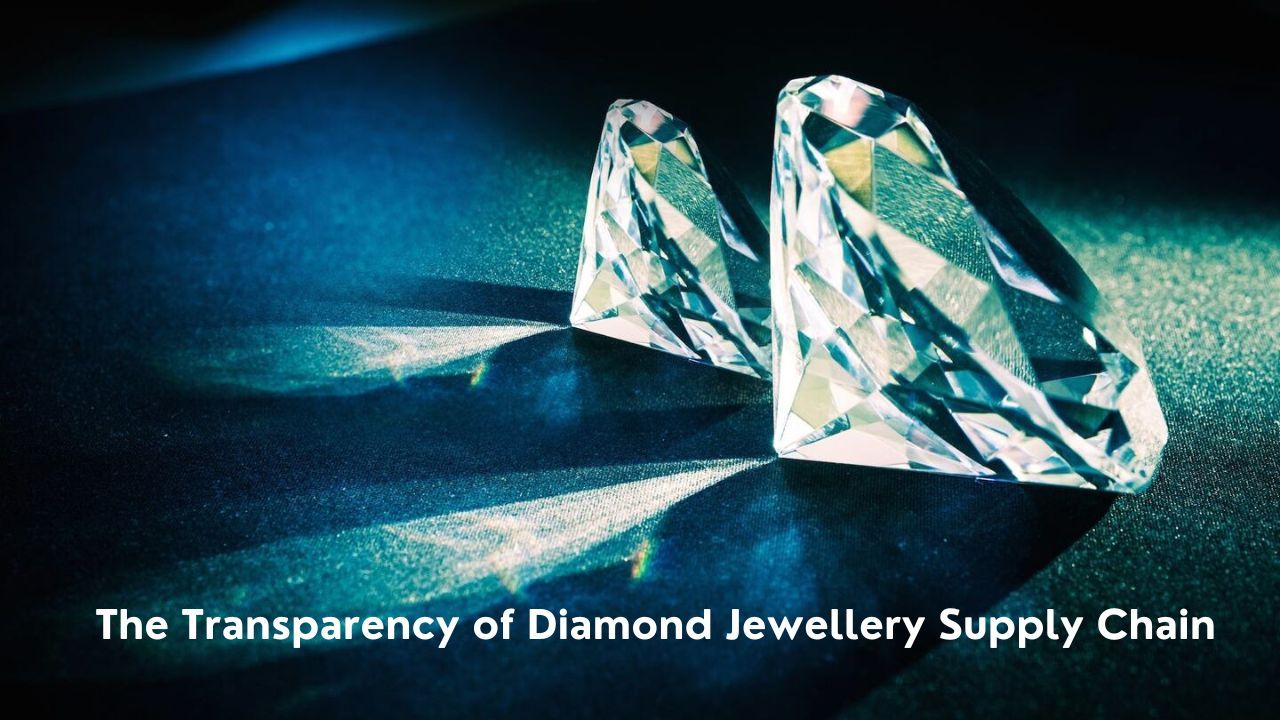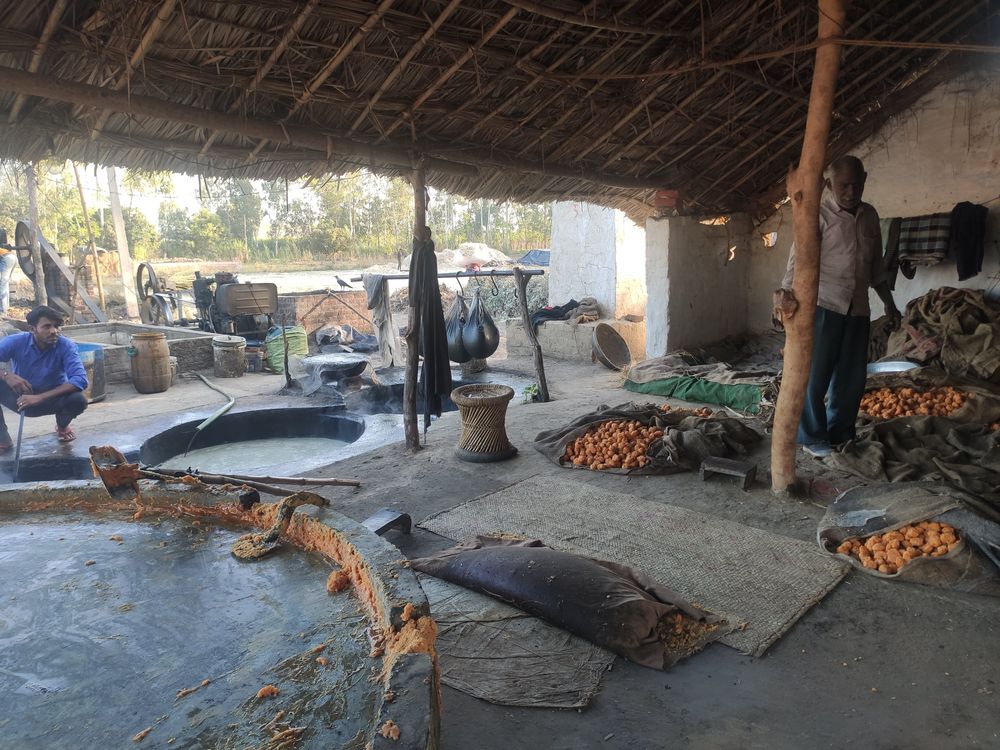Introduction:
- The diamond jewellery industry has long been shrouded in mystery and controversy, with issues ranging from unethical mining practices to concerns over the authenticity and quality of diamonds. In recent years, however, there has been a significant push towards transparency in the diamond supply chain. This push is driven by consumers demanding ethical sourcing, companies aiming to ensure product integrity, and regulatory bodies enforcing stricter standards. Transparency in the diamond jewellery supply chain is not only a moral and ethical imperative but also a competitive advantage for businesses that can assure consumers of the provenance and quality of their products.
The Diamond Jewellery Supply Chain:
The diamond supply chain is a complex network that involves several stages, from mining to retail. Each stage has its own set of challenges and opportunities for ensuring transparency. The key stages in the supply chain include:
- Mining: Extraction of rough diamonds from mines.
- Trading: Selling and purchasing of rough diamonds.
- Cutting and Polishing: Transforming rough diamonds into polished gems.
- Certification: Grading and certification of polished diamonds.
- Jewellery Manufacturing: Setting polished diamonds into jewellery.
- Retail: Selling diamond jewellery to consumers.
Ensuring Transparency at Each Stage:
Mining:
- Transparency at the mining stage involves ensuring that diamonds are sourced ethically and sustainably. This means no child labor, fair wages, safe working conditions, and minimal environmental impact. Certification schemes like the Kimberley Process help prevent the flow of conflict diamonds, although they have their limitations.
Trading:
- In the trading stage, transparency is achieved through thorough documentation and traceability of diamond origins. Blockchain technology is increasingly being used to track diamonds from mine to market, ensuring that each diamond's journey is recorded and verifiable.
Cutting and Polishing:
- Transparency in cutting and polishing requires adherence to best practices and standards. This includes ensuring fair labor practices and proper documentation of each diamond's transformation process.
Certification:
- Certification by independent bodies, such as the Gemological Institute of America (GIA), provides assurance of a diamond's quality and authenticity. Transparency in this stage involves accurate and reliable grading reports that consumers can trust.
Jewellery Manufacturing:
- Manufacturers must ensure that the diamonds they use are ethically sourced and that their production processes are transparent. This includes providing information about the origins of the diamonds and the conditions under which the jewellery is made.
Retail:
- Retailers play a crucial role in maintaining transparency by educating consumers about the origins and certifications of their diamonds. They should provide detailed information about each piece of jewellery, including its provenance, quality, and any certification it carries.
The Role of Technology:
Blockchain:
- Blockchain technology has emerged as a powerful tool for ensuring transparency in the diamond supply chain. By creating an immutable ledger of each diamond's journey from mine to market, blockchain allows for unparalleled traceability and accountability. Consumers can access the entire history of a diamond, ensuring that it meets ethical and quality standards.
Digital Platforms:
- Digital platforms and apps are making it easier for consumers to access information about their diamond jewellery. These platforms provide details about the diamond's origin, quality, and certification, empowering consumers to make informed purchasing decisions.
Benefits of a Transparent Supply Chain:
Transparency in the diamond jewellery supply chain offers numerous benefits, including:
- Consumer Trust: Transparency builds trust, as consumers are assured of the ethical sourcing and quality of their purchases.
- Brand Reputation: Companies that prioritize transparency are viewed more favorably, enhancing their brand reputation.
- Regulatory Compliance: Transparency helps companies comply with regulations and avoid legal issues.
- Market Differentiation: Transparency can be a unique selling proposition, differentiating brands in a competitive market.
Challenges to Achieving Transparency:
Despite the benefits, achieving transparency in the diamond supply chain is fraught with challenges. These include:
- Complexity of the Supply Chain: The numerous stages and actors involved make it difficult to ensure transparency at every step.
- Lack of Standardization: Different countries and companies have varying standards and practices, complicating efforts to maintain uniform transparency.
- Cost: Implementing transparent practices and technologies can be costly, particularly for smaller companies.
- Resistance to Change: Some stakeholders may resist transparency efforts due to fear of exposing unethical practices or losing competitive advantage.
Comparison of Transparency Tools:
| Tool | Description | Benefits | Challenges |
|---|---|---|---|
| Blockchain | Digital ledger recording each diamond's journey from mine to market | High traceability, consumer trust, fraud prevention | High implementation cost, complexity, need for widespread adoption |
| Certification | Grading and certification by independent bodies (e.g., GIA) | Assurance of quality and authenticity, consumer confidence | Potential for fraud, varying standards between certifying bodies |
| Digital Platforms | Apps and websites providing detailed diamond information | Easy access to information, consumer empowerment | Dependence on accurate data input, potential tech barriers |
| Ethical Audits | Regular inspections of supply chain practices | Ensures ethical sourcing, compliance with standards | Resource-intensive, potential resistance from suppliers |
| Traceability Programs | Programs like the Kimberley Process to track diamond origins | Reduces conflict diamonds, promotes ethical sourcing | Limited scope, potential loopholes |
Conclusion:
- The push for transparency in the diamond jewellery supply chain is transforming the industry. With advancements in technology and growing consumer awareness, it is becoming increasingly feasible to trace diamonds from mine to market, ensuring ethical practices and high quality. While challenges remain, the benefits of a transparent supply chain are clear: increased consumer trust, enhanced brand reputation, regulatory compliance, and market differentiation. By prioritizing transparency, the diamond jewellery industry can build a more ethical and sustainable future.
FAQs:
What is the Kimberley Process?
- The Kimberley Process is an international certification scheme that aims to prevent the flow of conflict diamonds, which are diamonds used to finance armed conflicts. It requires member countries to certify that their diamond exports are conflict-free.
What is the diamond supply chain?
The Diamond Supply Chain
- Before becoming a stunning piece of jewelry for the end consumer, rough diamonds undergo several essential stages: mining, cutting and polishing, cleaving, inspecting and certification, and finally, the manufacturing and sale of diamond jewelry. Each stage plays a crucial role in transforming raw diamonds into the exquisite gems we see in jewelry stores.
Who is the main supplier of diamonds?
- Russia is recognized for having the largest and richest diamond reserves in the world. It stands out as the leading producer and exporter of rough diamonds globally, dominating the market in terms of volume. Russia's vast diamond mining operations significantly contribute to its position in the global diamond supply chain.
Who is the owner of Diamond Supply?
- Diamond Supply Co. was established in 1998 by Nicholas Tershay, also known as Nick Diamond, who initially created a skateboard hardware line from his one-bedroom apartment in San Francisco. In 2000, Nick relocated to Los Angeles, where he began to expand and develop Diamond Supply Co. into a well-known brand within the skateboarding community and beyond.
How does blockchain technology enhance transparency in the diamond supply chain?
- Blockchain technology creates a digital ledger that records each transaction in the diamond's journey from mine to market. This immutable record ensures that each diamond's provenance can be verified, enhancing traceability and consumer trust.
What are the risks of diamond supply chain?
Traditional Diamond Supply Chain
- The extraction of diamonds from the Earth's crust typically involves large-scale open-pit mining operations, which can have substantial environmental impacts. These mining practices often lead to the disruption of ecosystems, deforestation, and soil erosion. The consequences of such activities highlight the need for more sustainable practices in the diamond supply chain to mitigate environmental damage while meeting global demand for diamonds.
Why is certification important in the diamond industry?
- Certification by independent bodies like the GIA provides assurance of a diamond's quality and authenticity. It helps consumers make informed purchasing decisions and builds trust in the industry.
How does the diamond supply chain work?
- The diamond jewelry supply chain involves multiple stages including mining, sorting, cutting, polishing, certification, and distribution. The primary goal of this supply chain is to ensure that diamonds are sourced ethically, comply with industry standards, and maintain high quality.
What is the traceability of a diamond?
- Diamond traceability is a highly discussed topic today. It involves recording the entire journey of a diamond, from its origin and the time it was mined to the details of each transaction. Every piece of information is meticulously documented to ensure the diamond can be traced throughout its lifecycle.
What is the diamond chain process?
- The sorting process involves categorizing diamonds based on their size, shape, quality, and color. After sorting, mining companies sell these rough diamonds through various channels.
What are the benefits of a transparent diamond supply chain?
- A transparent supply chain builds consumer trust, enhances brand reputation, ensures regulatory compliance, and can be a unique selling proposition in the market. It also promotes ethical sourcing and high-quality standards.
What challenges do companies face in achieving transparency?
- Challenges include the complexity of the supply chain, lack of standardization, high implementation costs, and resistance to change from stakeholders. These challenges can make it difficult to ensure transparency at every stage.
How can consumers verify the transparency of diamond jewellery?
- Consumers can look for certification from reputable bodies, use digital platforms to access detailed information about their diamonds, and choose retailers and brands that prioritize transparency and ethical sourcing.
What role do retailers play in maintaining transparency?
- Retailers educate consumers about the origins, quality, and certifications of their diamond jewellery. They provide detailed information and ensure that their products meet ethical and quality standards, thereby maintaining transparency.
What is the impact of ethical audits on the diamond supply chain?
- Ethical audits involve regular inspections of supply chain practices to ensure compliance with ethical standards. They help promote ethical sourcing, fair labor practices, and regulatory compliance, though they can be resource-intensive.
We hope that you like this content and for more such content Please follow us on our social site and YouTube and subscribe to our website.
Manage your business cash flows and payable/receivables using our Bahi Khata App


